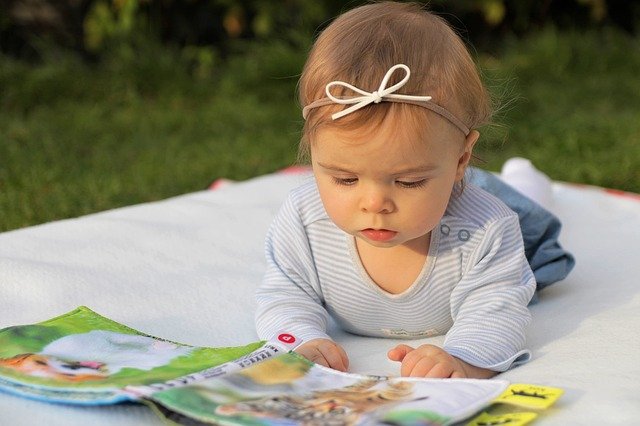
Possessive adjectives reveal belonging: "This is my car."
Originating from the Latin adiectivus , an adjective is a class of word that expresses properties attributed to the noun to qualify or determine it. There is a wide variety of adjectives, such as qualifiers and demonstratives .
On this occasion we will refer to possessive adjectives , which indicate belonging . These adjectives are divided into two groups of similar length, and the main characteristic of each one is its location with respect to the noun.
Types of possessive adjectives
* unstressed possessive adjectives (also called weak ) must always be positioned in front of the noun they modify, and are the following: my, my, your, your, their, their, our/a/os/as, your/a/ os/as. It is worth mentioning that "su" can be used in the second person in formal conversation ( "Has your son recovered, ma'am?" );
* stressed possessive adjectives (also known as strong ) must always be placed after the noun they modify, and have greater emphasis than unstressed ones. They are the following: mine, yours, yours, ours, yours. This strength that characterizes them can be seen by contrasting the following sentences: "Indeed, this is my wallet," "Hey, that wallet is mine !" .

"Her" is an unstressed possessive adjective: "The girl entertained herself with her book."
Consequences of its location
Depending on its location within the sentence , the possessive adjective will be explained in a different way. When the adjective is written before the noun, it always agrees in number with the noun, while in the first and second person plural it also agrees in gender.
If the possessive adjective is written after it, it agrees in number and gender with the noun. If there is a determiner , the noun will retain it.
Examples of possessive adjectives
Let's see an example of the use of possessive adjectives. “That's my book” is an expression that includes the possessive adjective “my” and that reveals that the speaker has possession of a book. Another way to construct the same sentence is “That book is mine,” with the possessive adjective behind the noun. In the first case, the adjective is said to be a short possessive ( “my” ), while in the second it is said to be a full possessive adjective ( “mine” ).
“I like your hairstyle.”, “Our friends are very funny”, “His sister is called Mariana.”, “I appreciate your concern.”, “That's your problem.”, “My God, help me!” y “Sir, here is your change.” son otras oraciones con adjetivos posesivos.
A constant presence
The possessive adjective has a constant presence in our language , and this has occurred since our first days of babbling: we learn to speak through the recognition of our mother, our toys. Although over time we acquire enough vocabulary to turn our communication into a relatively complex process, we never abandon the need to assign each being and object its belongings and characteristics.
As mentioned above, the possessive adjective can be used both to connect two nouns and to emphasize their connection, and this gives rise to a wide variety of situations, depending on the intention of the subject. The first of these functions is usually necessary in a conversation or in a fairly extensive narrative, given that throughout a description it is almost impossible for us not to establish a link between the objects, beings and emotions mentioned.
Abstraction and emphasis of a possessive adjective
It is not always about relating a material good to its owner, but sometimes the flexibility of the possessive adjective is such that it helps us provide spatial information , as occurs with the expression "at his side" , which can also have a meaning. abstract.
Regarding the emphasis that a tonic possessive adjective can provide, its use does not always reflect the same state of mind or have the same intention; In a very calm and cordial person it can arise to react to the theft of their bag or to address their child emotionally, while in an individual with an insolent and excessively insecure character it can be a common element in their communication to constantly mark their territory. .
